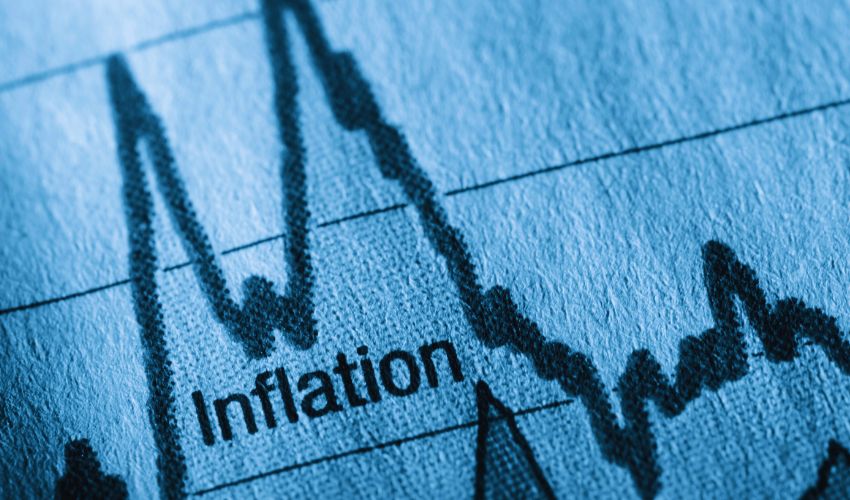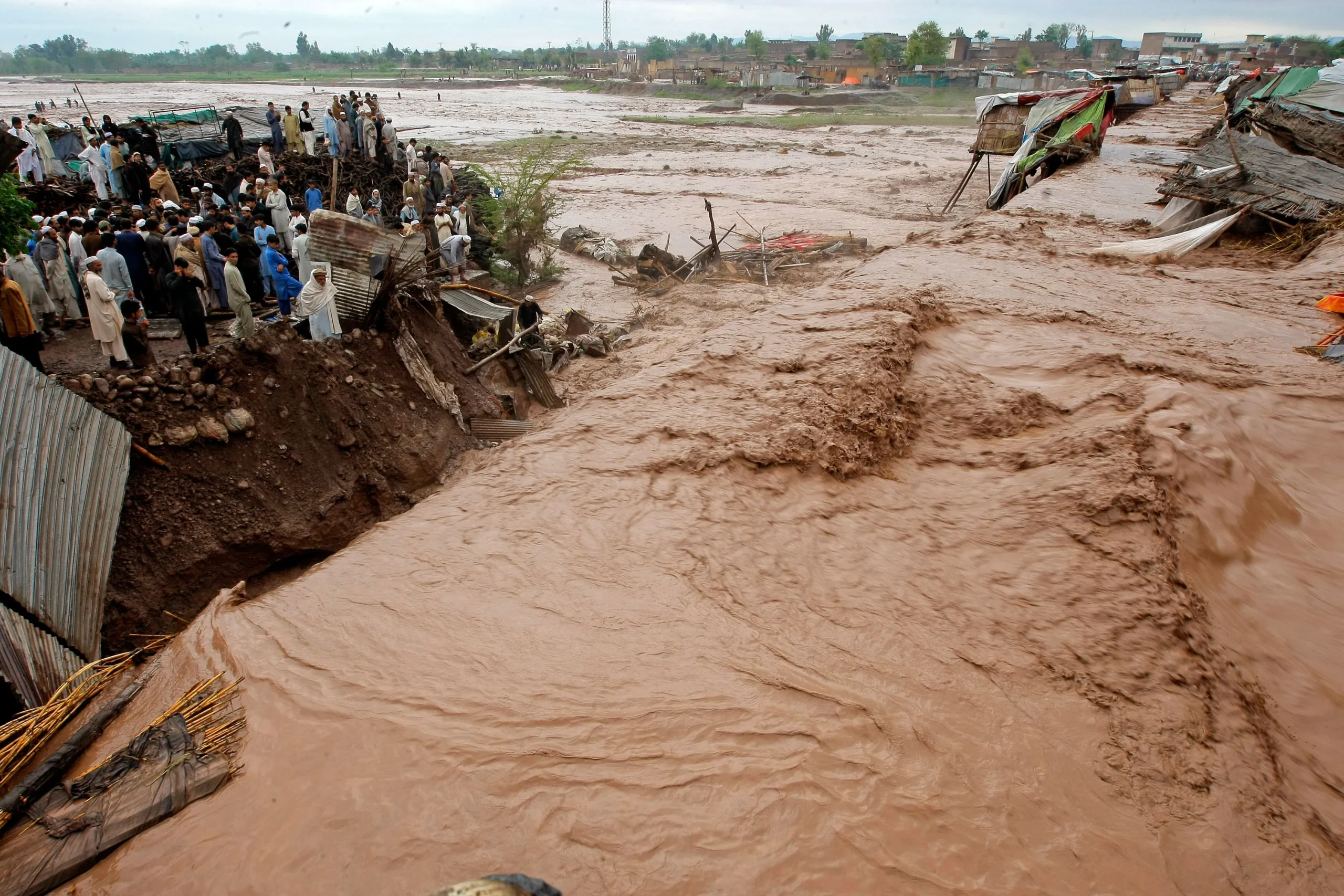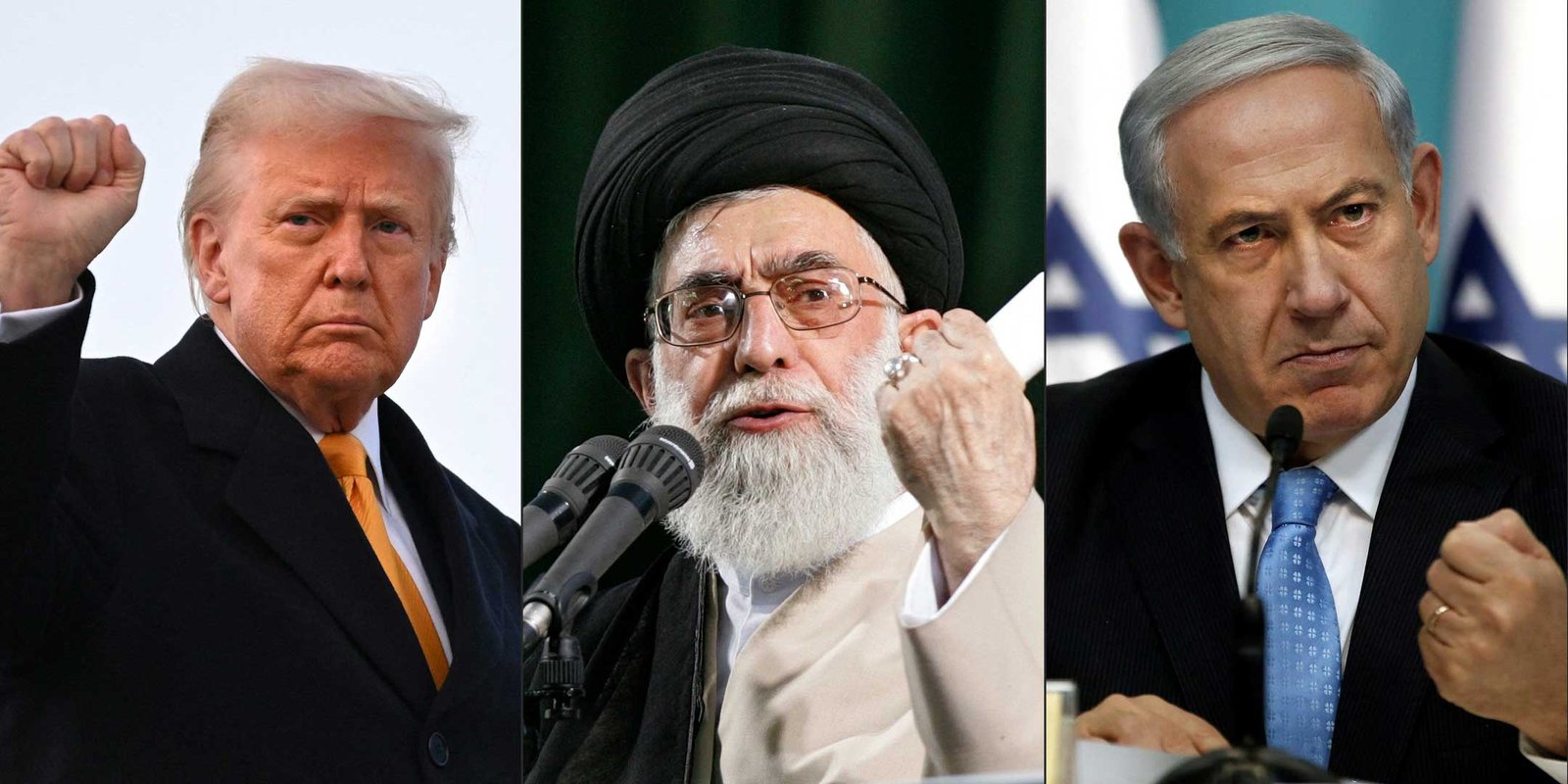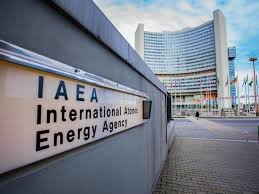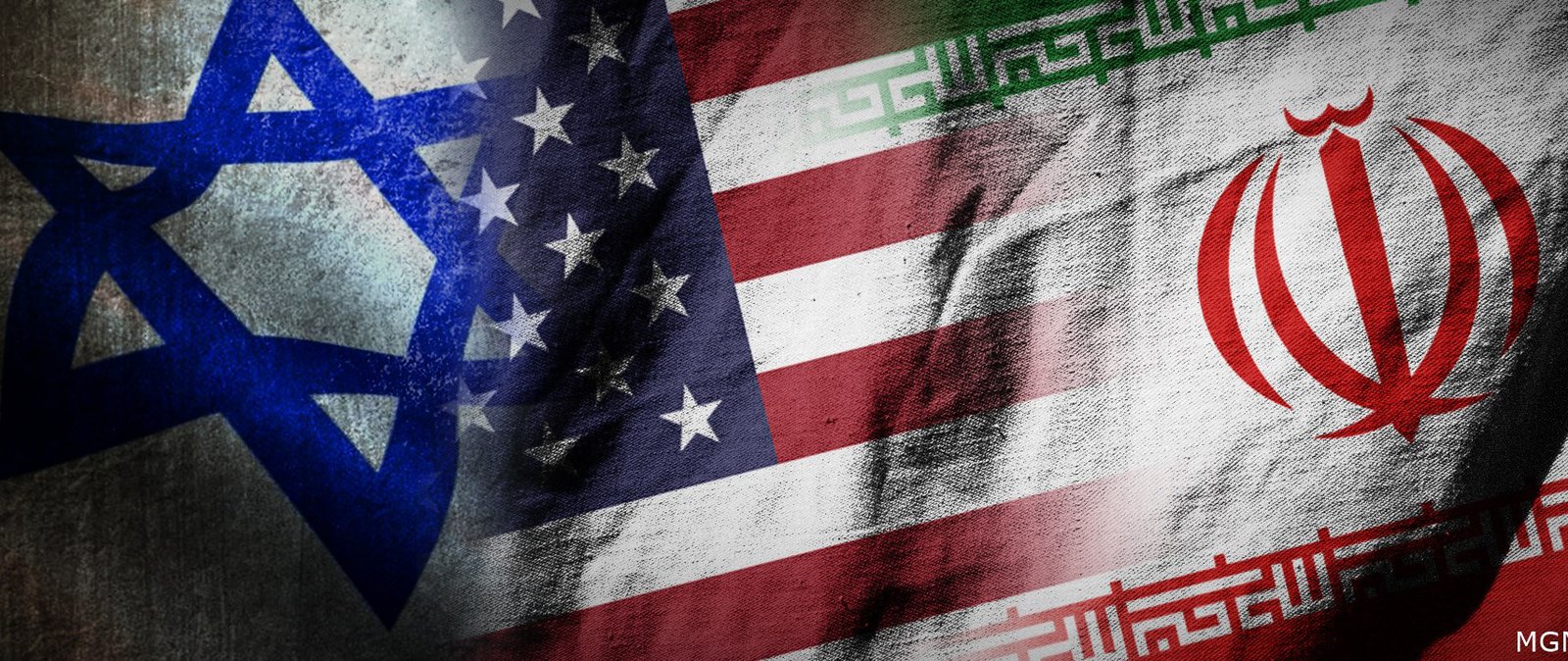Editorial
Pakistan has witnessed a significant drop in inflation over recent months, with the Consumer Price Index (CPI) falling from 28.8% in January to 4.9% in November, marking a notable decrease. This shift was particularly sharp in May, when inflation dropped from 17.3% to 11.8%. While these figures offer hope, there is concern that the optimism being expressed by the Finance Minister might be premature. Policymakers must consider that a substantial portion of the decline in inflation is due to external factors, particularly the global drop in oil prices, which has benefited Pakistan as a net oil importer. The decline in oil prices, which has been driven by geopolitical tensions, tight monetary policies, and China’s economic slowdown, may not persist, especially with the anticipated changes under US President-elect Donald Trump. His policy shift towards reducing conflicts in the Middle East and Ukraine could disrupt these favorable conditions.
Additionally, a decrease in policy rates, which has fallen by 700 basis points recently, is expected to stimulate economic activity, while China’s trillion-dollar stimulus could further spur demand, leading to higher oil prices. This rise in oil prices, along with the possibility of higher electricity tariffs, could contribute to inflationary pressures. Moreover, the base effect from last year’s high inflation and the rising Sensitive Price Index (SPI), which tracks essential goods, could also result in a moderation of inflation, but not without introducing new challenges.
The real concern lies in Pakistan’s underlying economic issues, such as falling aggregate demand and inadequate improvements in governance and investment structures. The SPI, which remained in double digits for most of the year, has only recently fallen into single digits, but continues to show a high rate of inflation in key sectors like agriculture. Additionally, structural issues like hoarding and rent-seeking practices have kept prices inflated for consumers. This situation, compounded by rising commodity prices and potential changes in income tax policies under the current IMF program, could further strain the supply side of the economy.
The broader economic outlook remains fragile. While inflation has dropped, the cost of living remains high, and without significant reform in governance and market structures, inflation could rise again. The IMF and World Bank forecasts point to slow economic growth, with the country struggling to boost exports, investment, and remittances. Furthermore, Pakistan’s rising external debt, exacerbated by the COVID-19 pandemic and climate-related disasters, poses a severe threat to its economic stability. Debt obligations have soared, with external debt increasing from USD 110.2 billion in 2019 to USD 130.9 billion in 2023, severely impacting debt sustainability. Without substantial reform, especially in terms of supply-side economics and foreign investment, Pakistan’s economic recovery could face significant setbacks, particularly as external factors, including global oil prices and trade tariffs, could undermine any gains.



